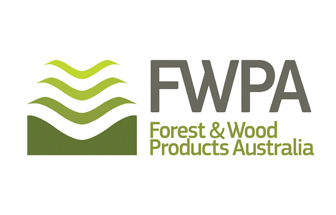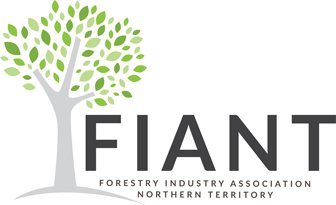TIMBER INDUSTRY ‘CRISIS SUMMIT’ IN 2023 TO TACKLE
BURNING ISSUE FOR AUSTRALIA: SUPPLY, SUPPLY, SUPPLY
IT’S A CASE OF ALL HANDS TO THE PUMP TO MEET AN EVER-GROWING DEMAND FOR TIMBER & EWPs
The dilemma of wood supply deficits has been an uphill struggle in recent times.
A GLOBAL wood supply crisis summit is on schedule for Melbourne next year, initiated by Timber&Forestry enews with input from Australian and international stakeholders and government.
Flagging the event for August 28 and 29, co-publishers Dennis Neilson and John Halkett said the event was critical and timely as industry headed towards 2023 with more and more holes appearing in the country’s wood supply source.
“It’s a case of all hands to the pump to meet the growing demand for timber and engineered wood, particularly LVL,” Neilson said.
The Master Builders Association and the Australian Forest Products Association agree Australia is heading towards a deficit of 250,000 timber house frames by 2035 and the failure by governments to adequately support the planting of future timber supplies threatens the construction industry and the jobs it supports.
Analysis concludes that by no later than 2050 Australia will have an implied gap between demand and local production of 2.6 million cub m a year, equivalent to 40.5% of total demand.
Neilson points to an approaching ‘perfect storm’ … “but not one which will catch the sails of the industry to drive it home, but one that threatens to drive it onto the rocks”.
Neilson summarises some of the challenges:
- COP 26 at Glasgow in 2021 – and no doubt COP 27 in Cairo in 2023 – will bring home again how important it is to reduce greenhouse gas emissions if land and ocean temperatures are not going to run amok and produce uninhabitable regions into the future. That means the use of energy and emissions-intensive cement and steel (especially aluminum) must be curbed in favour of sustainable wood products.
- The call for a billion trees program from various governments in Australia has been ignored to date. As a result the softwood resource base has been static for decades, rotations driven down to a point of barely sustaining the strength required for house framing and roof trusses. In any event, planting new trees now will not help wood supply for 30 years.
- ‘The loss of more than 17 million ha of forests and land in the 2019-20 bushfires that made a bad supply situation a whole lot worse.
- Decades of nonsensical federal and state political decisions have all but locked up Australia’s native forests. These provided some of the best commercial timber, the most productive, managed and sustainable in the world. And lockups look like getting worse. This has forced the building and construction industries to look for alternatives, including much more unsustainable and dodgy overseas alternatives
- The rapid growth in demand for engineered wood products such as LVL and now CLT requires quality raw material, now sadly lacking in Australia.
- Europe has been a growing supplier of timber and EWPs, but the Russia-Ukraine conflict has altered the balance of supply and demand in Europe, pushed up prices and threatens future supplies from Europe, even after the conflict has ended.
- Russia has been Australia’s most important supplier of LVL, but that source is now closed to the industry and for how long?
The Australian Timber Importers Federation every day faces the dilemma of wood supply deficits, shipping and transport confusion and how it can help – an uphill struggle in recent times.

 Neilson and Halkett are both well qualified to understand the supply problem and able to attract the world’s best presenters to cover all the major issues – and maybe identify some solutions.
Neilson and Halkett are both well qualified to understand the supply problem and able to attract the world’s best presenters to cover all the major issues – and maybe identify some solutions.
As managing director of Forestlands Consulting and general manager of the Australian Timber Importers Federation John Halkett every day is faced with the dilemma of wood supply deficits and how to find a way through the struggle.
Dennis Neilson is very familiar with the export -orientated New Zealand wood industry and as a long-time information provider of global forest and wood resources and international wood supply and demand scenarios. Both are well placed to help identify the best international speakers to invite to this hallmark event in August next year
Readers should mark the dates. Further details will be provided in coming months.











